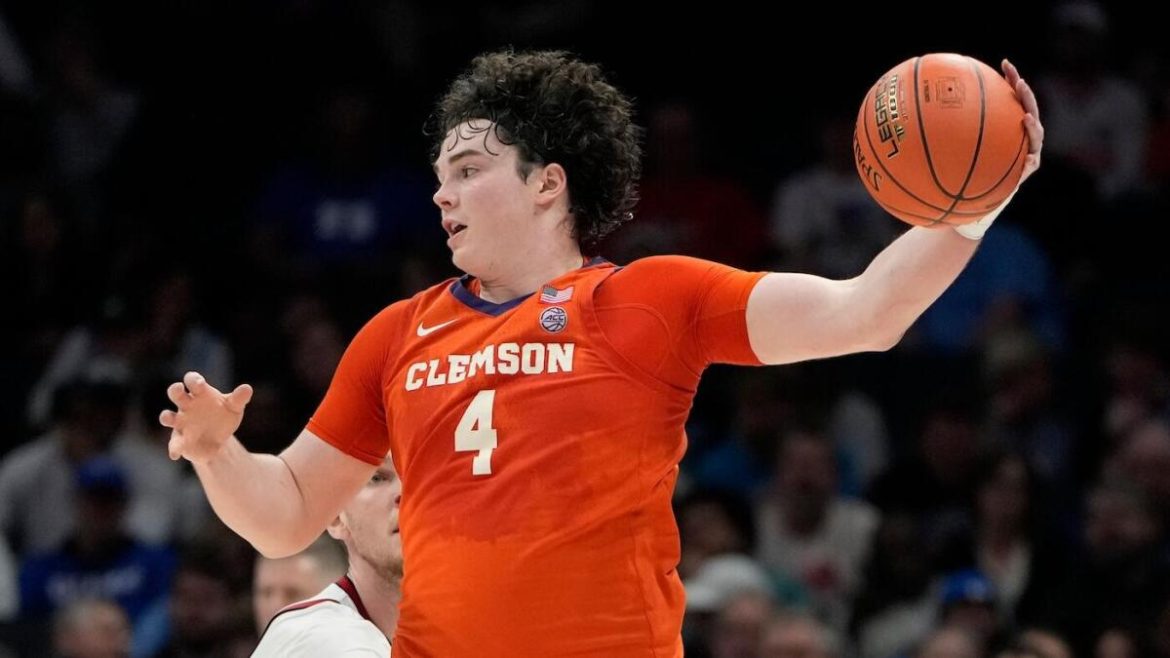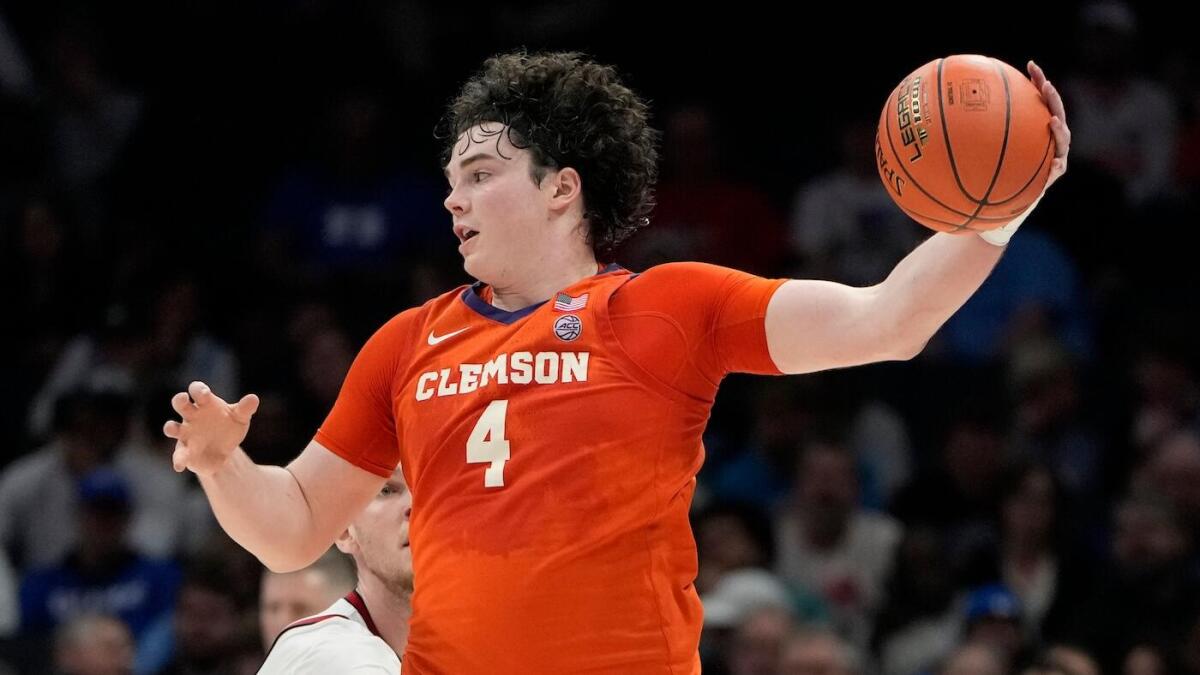The Unconventional Transition: Ian Schieffelin’s Move from Basketball to Football
In the world of collegiate sports, transitions between different athletic disciplines are rare but not unheard of. However, the recent decision by Ian Schieffelin, a former standout forward for the Clemson Tigers basketball team, to join the football program under head coach Dabo Swinney, is a move that has sparked considerable interest and speculation. This report delves into the details of Schieffelin’s transition, the potential implications for both the basketball and football programs, and the broader context of athlete transitions in college sports.
The Decision to Switch Sports
Ian Schieffelin’s decision to switch from basketball to football is a bold one, but it is not entirely unexpected. For months, Dabo Swinney had jokingly suggested that the 6-foot-8 forward would make an excellent tight end. Schieffelin’s athletic prowess and competitive spirit have been evident throughout his four seasons with the Clemson basketball team, where he earned All-ACC honors. Now, he is set to trade in his sneakers for cleats and join the Tigers football team in 2025.
Swinney’s enthusiasm for Schieffelin’s addition is palpable. In a statement released through Clemson Athletic Communications, Swinney expressed his excitement, noting that Schieffelin is a “great competitor with high-level success at the college level.” This endorsement underscores the potential that Swinney sees in Schieffelin, despite the latter’s lack of football experience.
The NCAA Rules and Eligibility
One of the key factors that make this transition possible is the NCAA’s rules regarding eligibility. While Schieffelin has exhausted his basketball eligibility, NCAA rules allow athletes to switch sports under certain conditions. This flexibility enables athletes like Schieffelin to explore new opportunities and continue their athletic careers in a different discipline.
The transition from basketball to football is not without its challenges. Schieffelin will need to adapt to the physical demands and tactical nuances of football, particularly the role of a tight end. However, his height, athleticism, and competitive drive are assets that could translate well to the gridiron.
Impact on Clemson Basketball
Schieffelin’s departure from the basketball program will undoubtedly leave a void. As an All-ACC forward, he was a key contributor to the team’s success over the past four seasons. His leadership, scoring ability, and defensive presence will be missed. However, this transition also presents an opportunity for other players to step up and fill the void left by Schieffelin.
For Clemson basketball coach Brad Brownell, Schieffelin’s move is a bittersweet moment. On one hand, he loses a talented and experienced player. On the other hand, he sees one of his players pursuing a new challenge and continuing his athletic journey. Brownell’s support for Schieffelin’s decision reflects the broader ethos of collegiate athletics, where the development and well-being of the athlete are paramount.
Impact on Clemson Football
For the Clemson football program, Schieffelin’s addition is a significant boost. Dabo Swinney is known for his ability to build a competitive team, and the addition of a 6-foot-8 tight end with a proven track record of success in college athletics is a valuable asset. Schieffelin’s height and athleticism will add a new dimension to the Tigers’ offense, providing Swinney with another weapon in his arsenal.
The reaction from fans and analysts has been largely positive. Many see this move as a testament to Swinney’s ability to identify and develop talent, regardless of the athlete’s background. The football program’s depth and versatility will be enhanced by Schieffelin’s presence, making the Tigers a formidable force on the field.
The Broader Context of Athlete Transitions
Schieffelin’s transition from basketball to football is part of a broader trend in collegiate athletics, where athletes are increasingly exploring opportunities in different sports. This trend is driven by several factors, including the desire for new challenges, the pursuit of professional opportunities, and the need for versatility in a competitive athletic landscape.
The success of such transitions often depends on the athlete’s adaptability, the support of coaching staff, and the alignment of skills between the two sports. In Schieffelin’s case, his athletic prowess, competitive spirit, and the support of Dabo Swinney and the Clemson coaching staff bode well for his success on the football field.
Conclusion
A New Chapter in Athletic Excellence
Ian Schieffelin’s decision to join the Clemson football team is a testament to his athleticism, competitive spirit, and adaptability. This transition, while unconventional, has the potential to enrich both the basketball and football programs at Clemson. For Schieffelin, it represents a new chapter in his athletic journey, one that is filled with promise and opportunity.
As he steps onto the football field in 2025, Schieffelin will carry with him the lessons and experiences from his basketball career. His height, athleticism, and competitive drive will be invaluable assets as he adapts to the demands of football. Under the guidance of Dabo Swinney, Schieffelin has the potential to become a standout tight end, adding a new dimension to the Tigers’ offense.
For Clemson, this move underscores the university’s commitment to athletic excellence and the development of its student-athletes. Whether on the basketball court or the football field, the Tigers continue to set a high standard for collegiate athletics, inspiring new generations of athletes to pursue their dreams and push the boundaries of what is possible.





